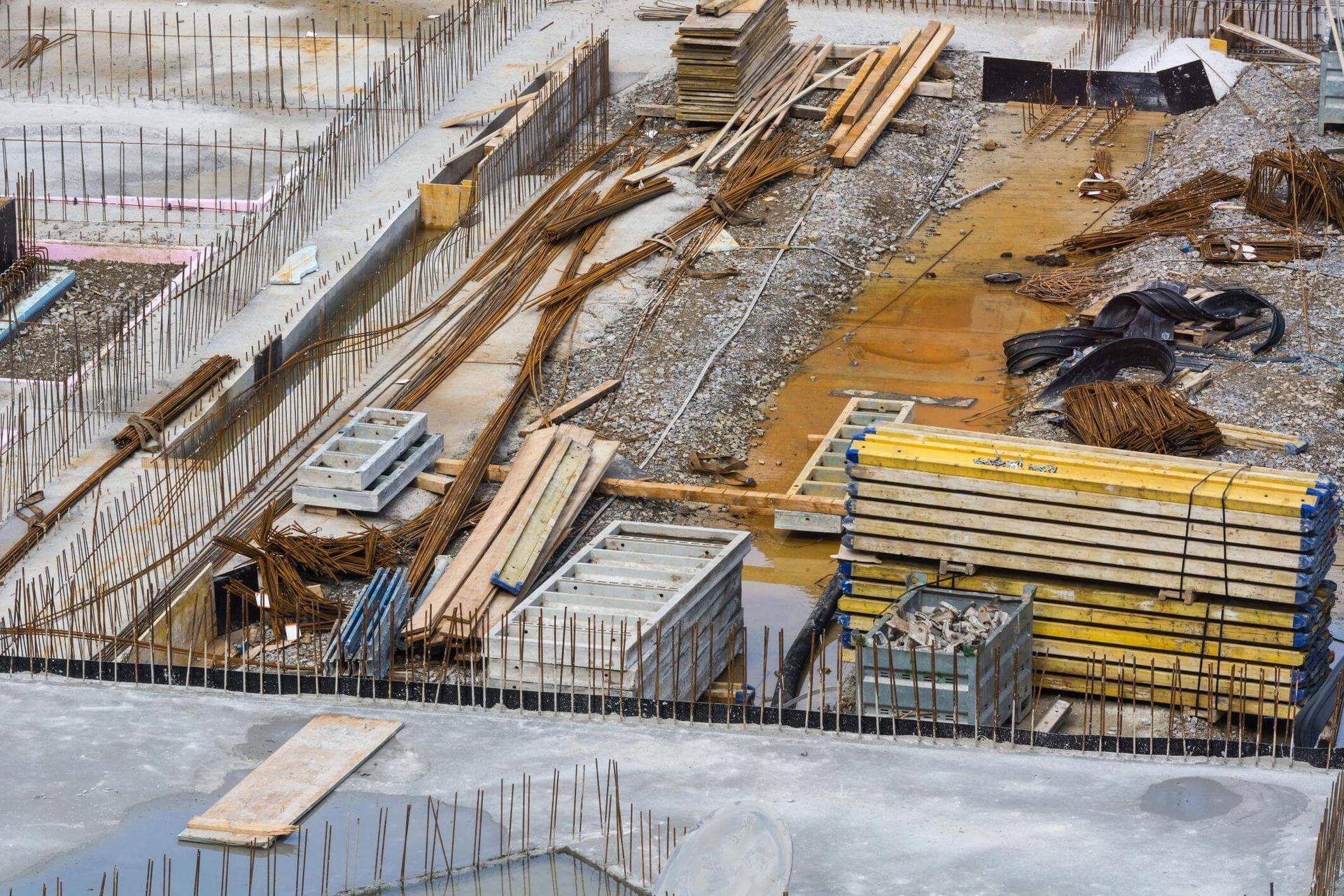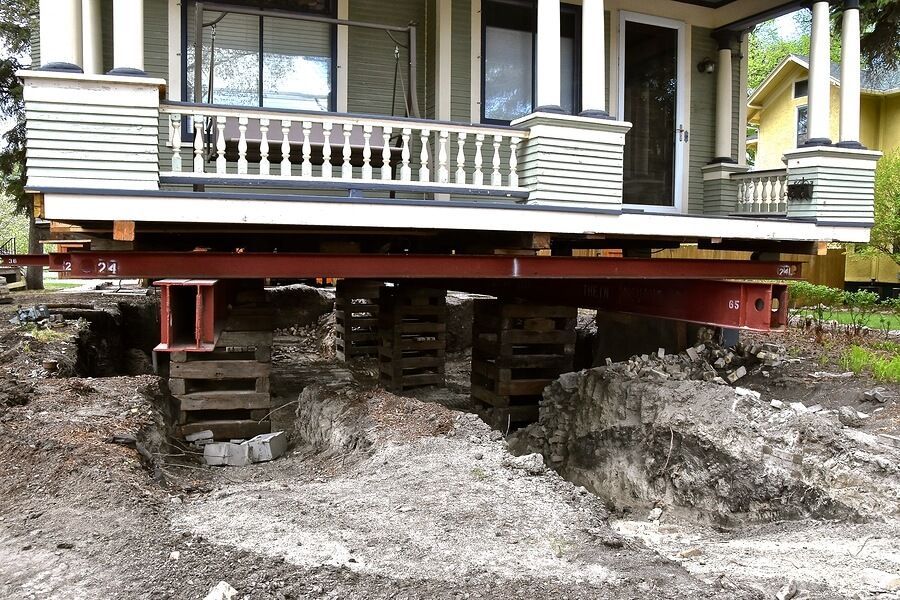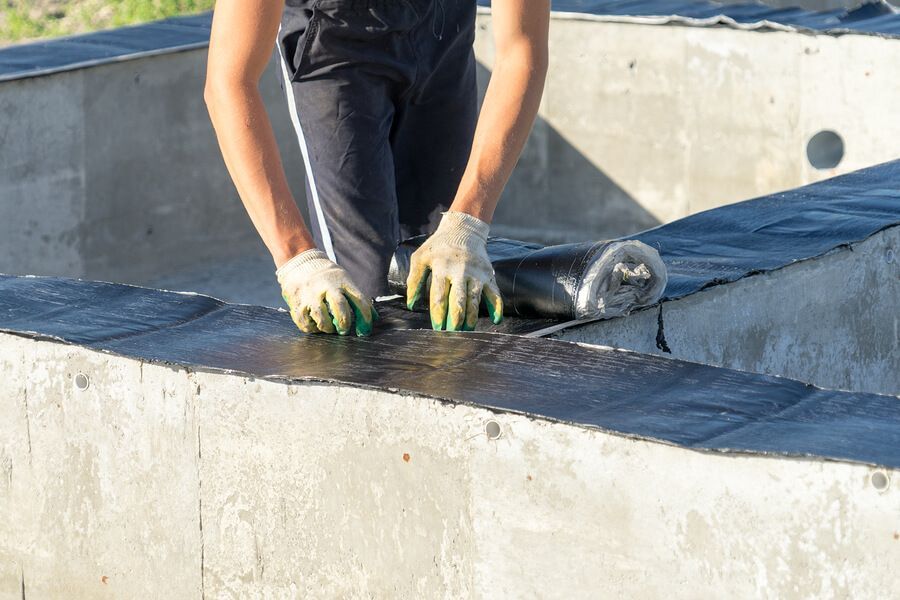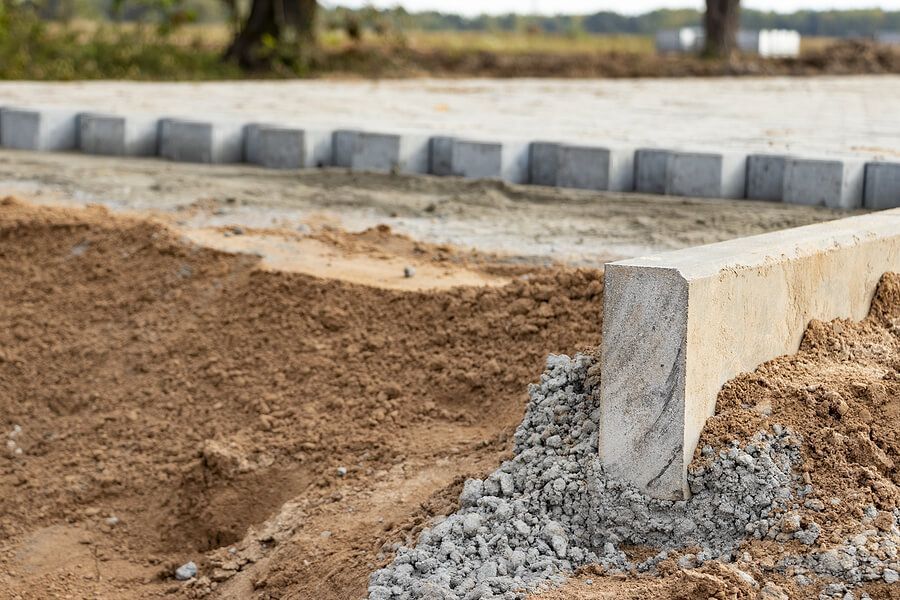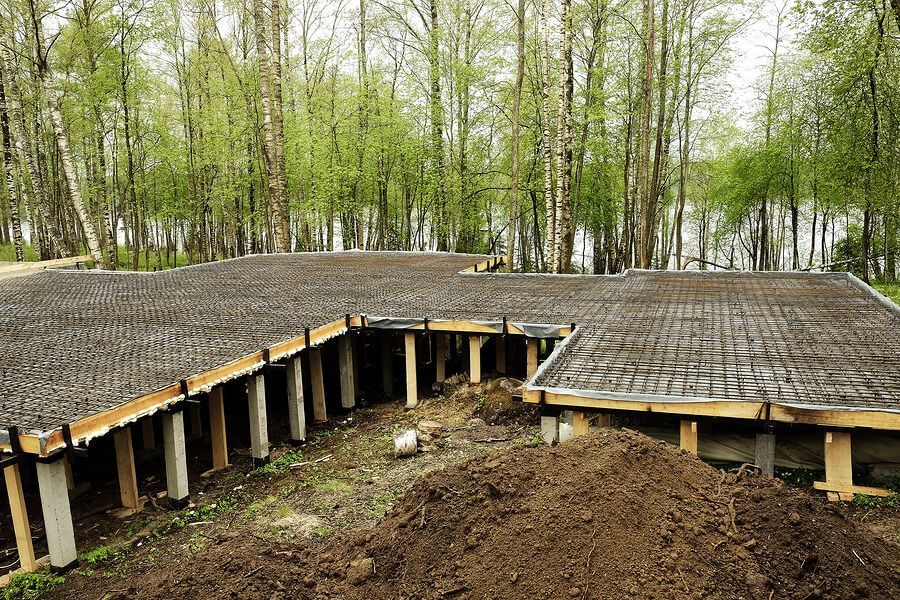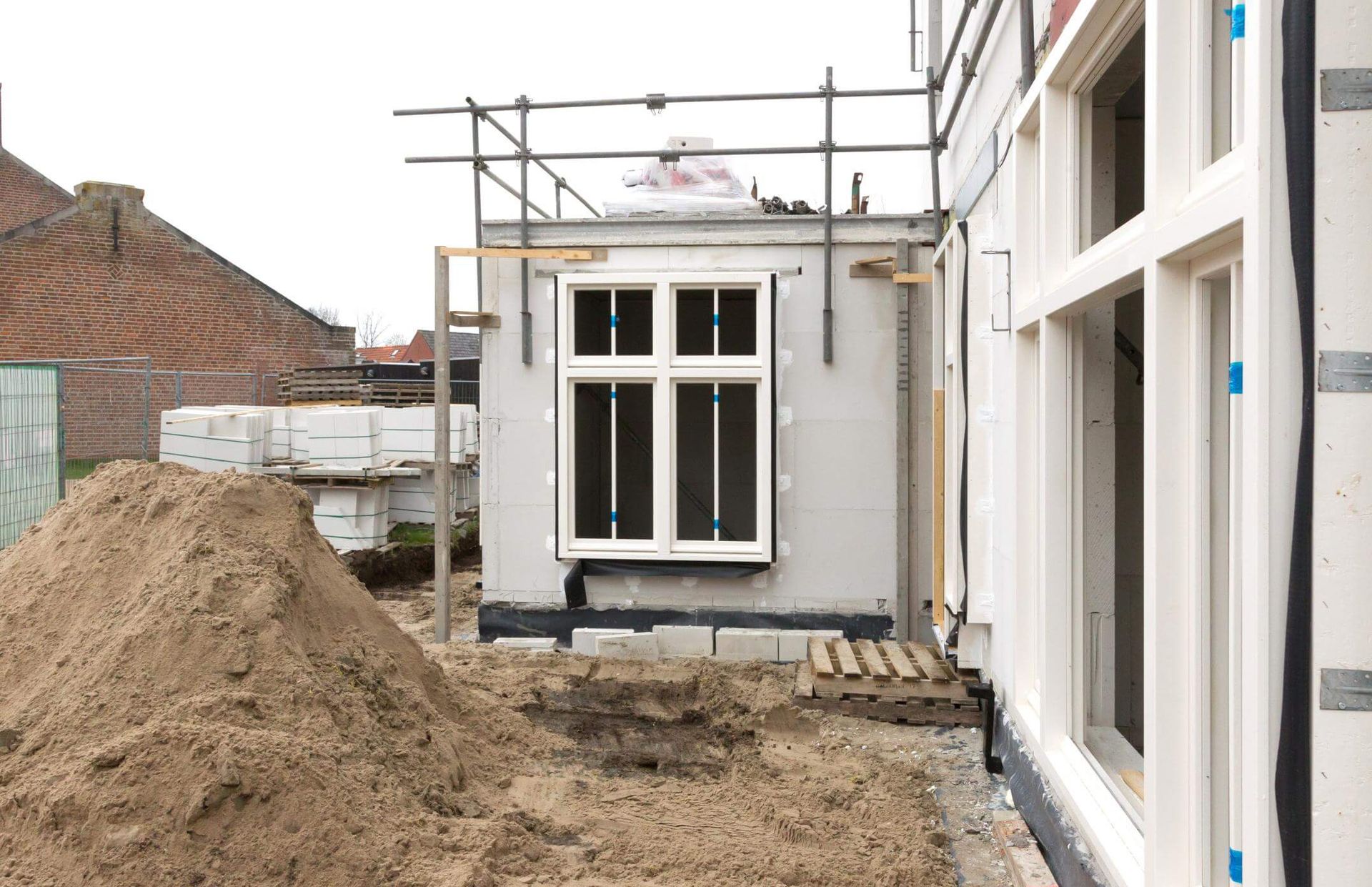Preventative vs. Reactive Waterproofing: Strategic Approaches for Home Protection
Choosing the Right Waterproofing for Your Home
Water damage can be a homeowner's worst nightmare, leading to costly repairs and significant stress. Waterproofing is a critical step in ensuring the longevity and safety of your home, particularly in the basement and foundation areas. But when it comes to waterproofing, one question often arises: Is it better to be proactive or reactive? This article delves into the nuances of preventative vs. reactive waterproofing, offering insights into which approach might best suit your home's needs.
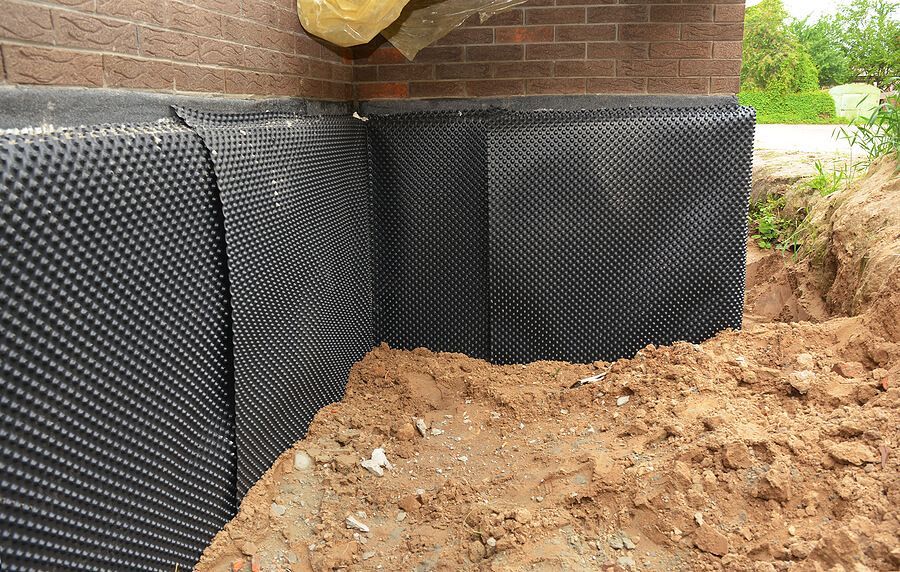
Understanding Waterproofing
Before diving into the specifics of preventative and reactive strategies, it's essential to understand what waterproofing entails. Waterproofing involves implementing measures designed to keep water out of your home, particularly in areas prone to water seepage, such as basements and foundations. Techniques can vary from simple sealants to extensive drainage systems, all purposed to protect your living space from moisture intrusion.
What is Preventative Waterproofing?
Preventative waterproofing involves taking measures to secure a home against water damage before any signs of water seepage or leakage appear. This approach focuses on the installation of barriers and systems that protect the home from the very threat of moisture, such as waterproof membranes and comprehensive drainage solutions.
Key Components:
- Waterproof Membrane: Applied around foundation types, this barrier provides a robust defense against water intrusion.
- Drainage Systems: Ensures that water is effectively channeled away from the home, thus preventing any potential for damage.
Benefits:
- Long-term Cost Savings: By addressing issues before they arise, homeowners can avoid the often-exorbitant costs associated with water damage repairs.
- Peace of Mind: There's a reassuring sense of security in knowing your home is fortified against moisture problems.
What is Reactive Waterproofing?
Reactive waterproofing, on the other hand, involves responding to water damage after it has already occurred. This could include repairing cracks in the foundation, installing sump pumps, or using waterproofing chemicals to treat areas that have already been affected by moisture.
Key Components:
- Repair and Patch: Fixing cracks and leaks that have allowed water to penetrate surfaces.
- Waterproofing Chemicals: Utilizing chemicals to seal affected areas, often accompanied by a discussion of waterproofing chemical price concerns.
Benefits:
- Targeted Solutions: Allows for direct treatment of areas that have demonstrated susceptibility to water damage.
- Cost-Effective Short-Term Solution: Initially less expensive than a full preventative strategy, especially if the damage is localized.
Comparing Costs: Preventative vs. Reactive
Preventative Waterproofing Costs
Investing in preventative measures typically involves higher upfront costs but can lead to significant savings over time. The cost of installing a waterproof membrane or comprehensive drainage systems varies depending on the size of the home and the complexity of the installation. However, considering the waterproofing cost as an investment in your property's future can mitigate the sticker shock.
Reactive Waterproofing Costs
The cost of reactive waterproofing can vary widely based on the extent of the damage and the solutions required. While it might seem cost-effective in the short term, the cumulative expense of repeated repairs and maintenance can quickly add up, often surpassing the initial outlay for preventative measures.
Which Approach Suits Your Home?
Choosing the right waterproofing strategy depends on several factors, including your home's location, the local climate, and the condition of your existing structures. Homes in areas prone to heavy rainfalls or flooding should strongly consider preventative strategies to avoid the high costs associated with flood damage. In contrast, homes in drier climates might opt for a reactive approach, addressing issues as they arise.
In the battle of preventative vs. reactive waterproofing, the adage "an ounce of prevention is worth a pound of cure" often holds true. Investing in robust waterproofing measures from the outset can save not only money but also preserve the integrity and comfort of your home.
For more insights and detailed discussions, explore our homepage, dive into other blogs, or learn more about our services to find the waterproof solution that's right for you. Whether it's understanding the nuances of water proofing for basement or evaluating waterproofing cost, being well-informed will guide you to make the best decisions for your home's needs.


